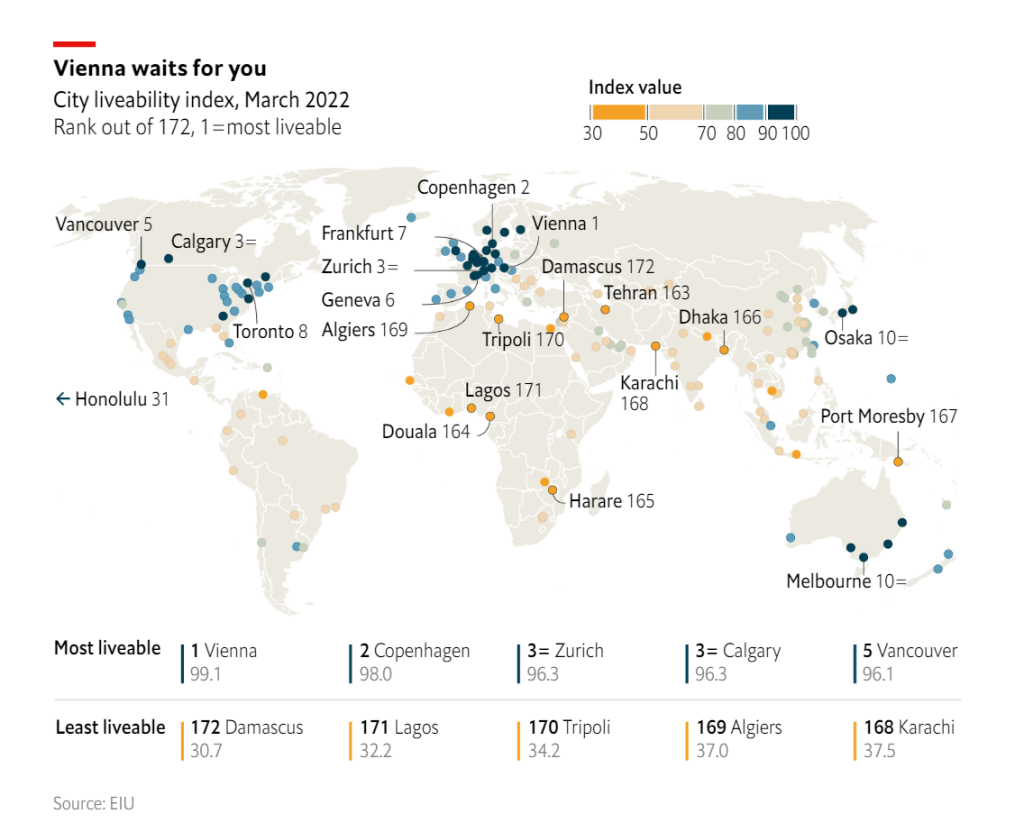“Mumbai is the wealthiest city in India. It contributes over 6% of India’s economy, 30% of its income tax, 40% of its trade, and 60% of its customs duties. Its per capita GDP in 2015 stood at $5,328, more than 3.3 times that of the country as a whole. And yet, half of the population lives packed into just 12% of the city’s available land.”
That is from a data rich (and yet pleasant to read) essay about Mumbai and it’s mad policies regarding real estate. Those mad policies are nothing new, some of them are more than a hundred years old, and they have been covered extensively in lots of different places. Not getting urbanization right is a sport that all countries play well – although you’ll certainly get a sympathetic nod from me if you argue that we in India play it better than most. Why, I come from Pune, and you need to come visit our city one of these days to understand just how good (bad is what I mean, but you knew that already) we have become in the last four to five years alone.
Please go ahead and read the whole essay, it is full of delightful little nuggets and not-so-little laments. Did you know, for example, that urban planners planned to limit Mumbai’s population to a maximum of 3.4 million by 1980? This is like I planning to limit my weight gain to two hundred grams around the last week of the year, and I have the same success as Mumbai’s urban planners back in the day – we’re at about 25 million for the Mumbai metropolitan area now.*
And here’s another face-palm worthy statistic:
“The 1999 act is a marginal improvement over the original, but still doesn’t provide adequate incentive for investment. The annual 4% rental increase is below Indian inflation since 1999, below current Indian treasury yields, and far below the increase in demand or the increase in per capita GDP. At the allowable annual increase, the value of rent diminishes sharply over time. If the average Indian landlord received 30% of their income in rent in 1999, and received 4% annual nominal rent increases, they would be making only 8% of their income from rent on those units by 2021. Even more starkly, the act does not address the lag in rents from 1940 to 1999. A unit rented out under the 1947 rent act would have its rent pegged to 1940 prices until 1999, at which point a one-time 5% increase would be allowed, and a 4% annual increase thereafter”
But I wanted to focus on one particular thing in today’s post, and it is this excerpt:
However, the greatest beneficiaries of housing liberalization may be those who are least visible — those newly able to move into the city. One estimate found that migrants who move to cities in the Global South report increases in income as high as 30%. A separate RCT conducted in Kenya, meanwhile, estimated that households with family members who moved to Nairobi experienced an over 150% increase in income.
That is, the idiocy of our urbanization policies keeps people in poverty, and has done so since independence. How? By making it more difficult to migrate into India’s cities, that’s how. An unseen consequence of failed urbanization are the unseen poor, and that is an unseen tragedy.
Urbanization is, and remains, an underrated idea in India, and this has deep implications for our ability to overcome our challenges when it comes to eradicating poverty.
*Questions about my weight gain in the last week of the year will be deemed an invasion of my privacy, and will therefore be ignored. Go away.




